 |
 |
2-(tert-Butyl)-4-methylphenol 2-butyl-4-methylphenol 2-di-tert-butyl-4-methylphenol 2-t-Butyl-4-methylphenol 2-T-BUTYL-P-CRESOL 2-Terc.butyl-p-kresol 2-tercbutyl-p-kresol(czech) 2-tert-butyl-4-methyl-1-hydroxybenzene 2-tert-butyl-p-creso 2-tert-butyl-p-cresol 4-Methyl-2-(2-methyl-2-propanyl)phenol 4-Methyl-2,6-tert-butylphenol 6-tert-Butyl-4-methylphenol 6-tert-Butyl-p-cresol EINECS 219-314-6 Lowinox MBPC MBPC MFCD00002381 MONOBUTYL-P-CRESOL MTBP o-tert-Butyl-p-cresol p-Butylcresol Phenol, (1,1-dimethylethyl)-4-methyl- Phenol, 2- (1,1-dimethylethyl)-4-methyl- Phenol, 2-(1,1-dimethylethyl)-4-methyl- RALOX 240



Reported in EPA TSCA Inventory.
A poison by intraperitoneal and intravenous routes. Moderately toxic by ingestion and skin contact. Questionable carcinogen with experimental neoplastigenic data. A severe skin and eye irritant. Mutation data reported. Flammable liquid when exposed to heat, flame, or oxidizers. To fight fire, use alcohol foam, foam, water spray, fog, dry chemical. When heated to decomposition it emits acrid and irritating fumes.
Hazard Codes:  C,
C, N
N
Risk Statements:34-37-51/53
R34: Causes burns ;
R37:Irritating to the respiratory system ;
R51/53:Toxic to aquatic organisms, may cause long-term adverse effects in the aquatic environment ;
Safety Statements:26-36/37/39-45-61-29
S26:In case of contact with eyes, rinse immediately with plenty of water and seek medical advice ;
S36/37/39:Wear suitable protective clothing, gloves and eye/face protection ;
S45:In case of accident or if you feel unwell, seek medical advice immediately(show label where possible) ;
S61:Avoid release to the environment. Refer to special instructions safety data sheet ;
S29:Do not empty into drains ;
RIDADR:UN 2430 8/PG 3
WGK Germany:2
RTECS:GO7000000
F:8-9-23
HazardClass:8
PackingGroup of 2-tert-Butyl-4-methylphenol (CAS NO.2409-55-4): III
2-tert-Butyl-4-methylphenol (CAS NO.2409-55-4), its Synonyms are 2-t-Butyl-4-methylphenol ; 1-Hydroxy-2-tert-butyl-4-methylbenzene ; 2-(1,1-Dimethylethyl)-4-methylphenol ; 2-t-Butyl-p-cresol ; 2-terc.Butyl-p-kresol ; Phenol, 2-(1,1-dimethylethyl)-4-methyl- ; p-Cresol, 2-tert-butyl- . It is white to yellow-beige crystalline mass.
| Organism | Test Type | Route | Reported Dose (Normalized Dose) | Effect | Source |
|---|---|---|---|---|---|
| cat | LDLo | oral | 940mg/kg (940mg/kg) | PERIPHERAL NERVE AND SENSATION: SPASTIC PARALYSIS WITH OR WITHOUT SENSORY CHANGE BEHAVIORAL: TREMOR BEHAVIORAL: COMA |
National Technical Information Service. Vol. OTS0571339, |
| guinea pig | LD50 | oral | 1180mg/kg (1180mg/kg) | BEHAVIORAL: SLEEP BEHAVIORAL: ATAXIA LUNGS, THORAX, OR RESPIRATION: OTHER CHANGES |
Toksikologiya Novykh Promyshlennykh Khimicheskikh Veshchestv. Toxicology of New Industrial Chemical Substances. For English translation, see TNICS*. Vol. 12, Pg. 124, 1971. |
| mouse | LD50 | intraperitoneal | 144mg/kg (144mg/kg) | Journal of Medicinal Chemistry. Vol. 18, Pg. 868, 1975. | |
| mouse | LD50 | intravenous | 10mg/kg (10mg/kg) | U.S. Army Armament Research & Development Command, Chemical Systems Laboratory, NIOSH Exchange Chemicals. Vol. NX#03020, | |
| mouse | LD50 | oral | 700mg/kg (700mg/kg) | LUNGS, THORAX, OR RESPIRATION: ACUTE PULMONARY EDEMA GASTROINTESTINAL: ULCERATION OR BLEEDING FROM SMALL INTESTINE |
Journal of the American Pharmaceutical Association, Scientific Edition. Vol. 38, Pg. 366, 1949. |
| rabbit | LDLo | oral | 2100mg/kg (2100mg/kg) | PERIPHERAL NERVE AND SENSATION: SPASTIC PARALYSIS WITH OR WITHOUT SENSORY CHANGE BEHAVIORAL: TREMOR BEHAVIORAL: COMA |
National Technical Information Service. Vol. OTS0571339, |
| rabbit | LDLo | skin | 2200mg/kg (2200mg/kg) | Journal of the American Pharmaceutical Association, Scientific Edition. Vol. 38, Pg. 366, 1949. | |
| rat | LD50 | oral | 2500mg/kg (2500mg/kg) | SENSE ORGANS AND SPECIAL SENSES: OTHER CHANGES: OLFACTION BEHAVIORAL: ATAXIA LUNGS, THORAX, OR RESPIRATION: DYSPNEA |
Toksikologiya Novykh Promyshlennykh Khimicheskikh Veshchestv. Toxicology of New Industrial Chemical Substances. For English translation, see TNICS*. Vol. 12, Pg. 124, 1971. |
Skin corrosion, Category 1C
Serious eye damage, Category 1
Hazardous to the aquatic environment, long-term (Chronic) - Category Chronic 2
| Pictogram(s) |   |
|---|---|
| Signal word | Danger |
| Hazard statement(s) | H314 Causes severe skin burns and eye damage H411 Toxic to aquatic life with long lasting effects |
| Precautionary statement(s) | |
| Prevention | P260 Do not breathe dust/fume/gas/mist/vapours/spray. P264 Wash ... thoroughly after handling. P280 Wear protective gloves/protective clothing/eye protection/face protection. P273 Avoid release to the environment. |
| Response | P301+P330+P331 IF SWALLOWED: Rinse mouth. Do NOT induce vomiting. P303+P361+P353 IF ON SKIN (or hair): Take off immediately all contaminated clothing. Rinse skin with water [or shower]. P363 Wash contaminated clothing before reuse. P304+P340 IF INHALED: Remove person to fresh air and keep comfortable for breathing. P310 Immediately call a POISON CENTER/doctor/\u2026 P321 Specific treatment (see ... on this label). P305+P351+P338 IF IN EYES: Rinse cautiously with water for several minutes. Remove contact lenses, if present and easy to do. Continue rinsing. P391 Collect spillage. |
| Storage | P405 Store locked up. |
| Disposal | P501 Dispose of contents/container to ... |
none
 |
 |
 |

|
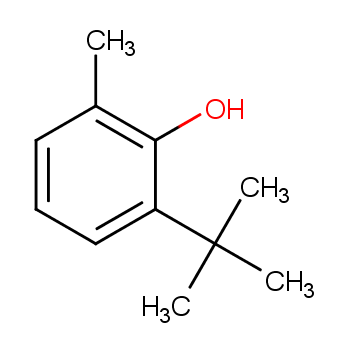 |
 |
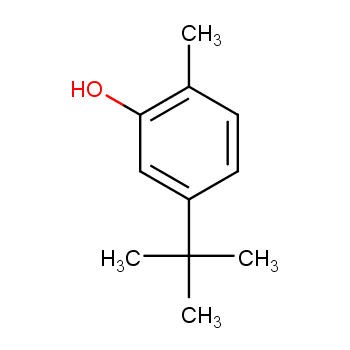 |
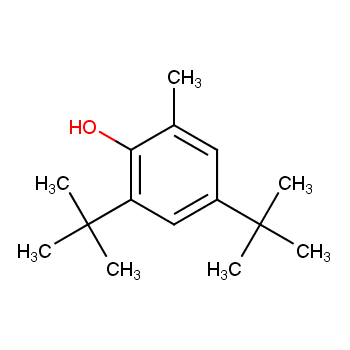 |
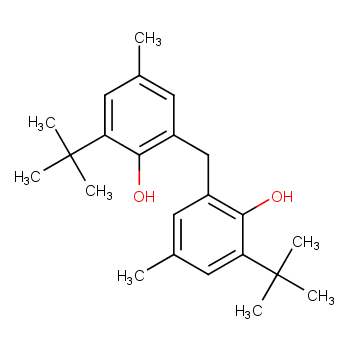 |
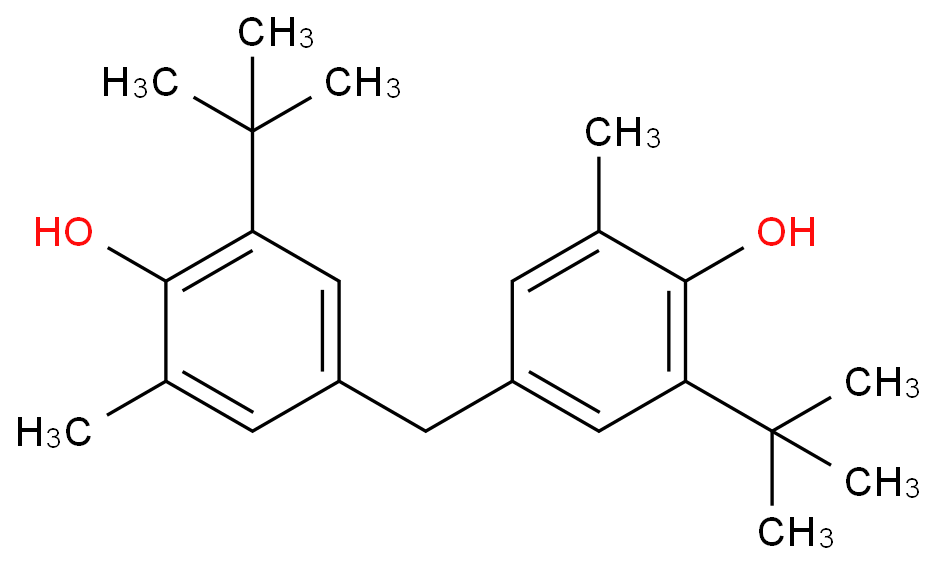 |
 |